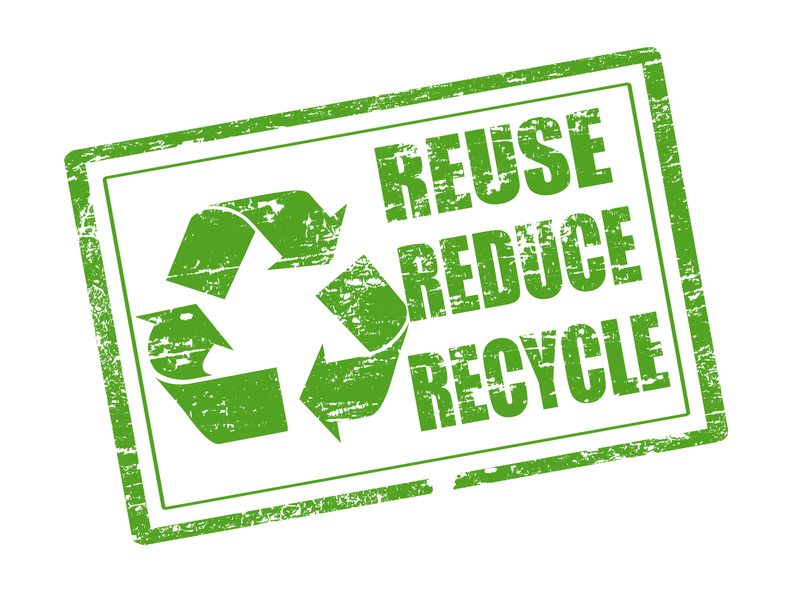Cutting Down Plastic in the Sea
Posted on 18/08/2025
Plastic pollution in our oceans is reaching catastrophic levels, with detrimental effects on marine life, ecosystems, and human health. It's no longer a question of if we need to take action, but how swiftly and effectively we can address this environmental emergency. This comprehensive guide explores why cutting down plastic in the sea is essential, proactive measures being taken, and what you can do to contribute to the solution.
The Scope of Plastic Pollution in the Ocean
Every year, millions of tons of plastic waste enter our oceans. This debris ranges from large, visible items like plastic bottles and fishing nets to microplastics, which are particles less than five millimeters in size. By some estimates, the weight of plastic in the oceans will surpass the weight of fish by 2050 if the current trends continue.
Once in the water, plastic debris can travel vast distances and accumulate in remote areas. One of the most notorious examples is the Great Pacific Garbage Patch, a sprawling accumulation of plastic debris located between Hawaii and California. This gyre is thought to have a surface area twice the size of Texas, filled with around 1.8 trillion pieces of plastic.

The Impact on Marine Life
Marine life is deeply affected by the omnipresent plastic waste. Larger pieces of plastic can entangle whales, sea turtles, and seals, leading to injury or death. Smaller pieces are often mistaken for food and ingested by various marine species, from plankton to fish, and even birds. This can result in poisoning, malnutrition, and death.
Microplastics, in particular, pose a grave danger because they can attract and absorb toxic substances from the water. When ingested by marine organisms, these toxins can enter the food chain, eventually reaching humans who consume seafood. The long-term health implications are still being studied, but early findings are concerning.
Human Health and Economic Consequences
The human health risks related to plastic pollution are gaining increasing attention. Chemicals leached from plastic, like BPA and phthalates, are linked to various health problems including hormonal disruptions, cancer, and reproductive issues. Additionally, consuming seafood contaminated by microplastics and associated toxins can pose significant health risks to humans.
Beyond health concerns, plastic pollution has severe economic impacts. The cost of cleaning beaches, managing waste, and addressing the effects on tourism and fisheries run into billions of dollars annually. For example, the Asia-Pacific region alone spends around $1.3 billion each year on cleaning up plastic waste from coastal areas.
Strategies for Reducing Plastic Waste
Efforts to cut down plastic use and manage waste more effectively are multiplying globally. Here are some of the key strategies being implemented:
1. Legislation and Policy Changes
Governments are enacting laws to reduce plastic production and usage. These include banning single-use plastics, implementing recycling programs, and encouraging the development of biodegradable alternatives. Countries like Canada and several European nations have already taken significant steps in this direction.
2. Corporate Responsibility
Businesses are increasingly held accountable for their environmental footprint. Many corporations have pledged to reduce plastic use, enhance recycling efforts, and develop sustainable packaging solutions. Retail giants like Walmart and Unilever have initiated comprehensive plans to decrease plastic waste in their supply chains.
3. Clean-Up Initiatives
Various organizations, such as The Ocean Cleanup and 4Ocean, are spearheading clean-up missions to remove plastic from the sea. These initiatives deploy innovative technologies like floating barriers and specialized boats to collect debris from the water while avoiding harm to marine life.
Community Action and Personal Responsibility
While large-scale initiatives are crucial, individual actions collectively make a significant impact. Here's how you can contribute to cutting down plastic in the sea:
1. Reduce and Reuse
Minimize your plastic use by opting for reusable bags, bottles, and containers. Avoid single-use plastics like straws and cutlery. Reusing items as much as possible drastically cuts down the amount of waste generated.
2. Support Sustainable Products
Choose products made from sustainable materials and those that come in eco-friendly packaging. Supporting brands that prioritize sustainability encourages other companies to adopt similar practices.
3. Participate in Clean-Ups
Join local beach clean-up events or organize one yourself. Community efforts to clean up plastic waste can prevent it from entering waterways and contributing to the larger issue.
The Importance of Education and Advocacy
Raising awareness about the impacts of plastic pollution and educating communities on waste management can drive behavioral change. Advocacy for stricter laws, better waste management systems, and corporate responsibility can also foster systemic change. Schools, universities, and NGOs play vital roles in this educational journey.

Innovative Solutions and Future Prospects
The fight against plastic pollution is also a field ripe with innovation. Scientists and entrepreneurs are developing groundbreaking solutions such as biodegradable plastics, advanced recycling techniques, and waste-to-energy technologies. Encouraging investment in these areas can accelerate the transition to a more sustainable future.
Conclusion
Cutting down plastic in the sea demands a multi-faceted approach involving legislation, corporate responsibility, community action, and individual choices. With coordinated global efforts and innovative solutions, we can mitigate the devastating effects of plastic pollution on our oceans, marine life, and human health. Every small step counts; together, we can turn the tide against plastic pollution and protect our planet for future generations.
Together, we can turn the tide against plastic pollution and protect our planet for future generations.










